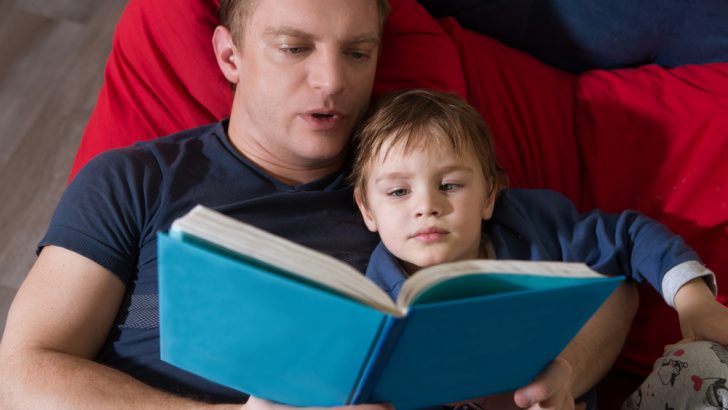Protecting children from modern fears
Whenever visiting London, I like to walk across Westminster Bridge on the way from Waterloo station. The vista of Westminster palace and the Thames stretching towards Tower Bridge is a sight to behold. I had been there just a few weeks before the recent terror attacks, with the children in tow, all excited about Big Ben and watching the boats ply up and down the river – although a man making giant bubbles proved an even bigger attraction to them.
They never noticed the police officers with machine guns outside Hamleys, even though we parents certainly did.
I’ve not yet had to explain the idea of terrorism to the children. They don’t need to know about it, and there is no reason to cause them anxiety.
They need not yet know that we live in a world where there are people who wish to kill randomly on the streets of our cities, and that they do not care if children are killed too, as happened the Westminster attack. Some day they will find that out, and a little bit of their childhood will die that day.
We don’t have the news on television each evening, as some families do. This saves the children much unnecessary anxiety, since the news is inevitably concerned with the gory details of murders, car accidents and terror attacks.
Baddies
Our children know, in an abstract way that people get killed in accidents and that there are ‘baddies’ out there somewhere, but far away. A regular diet of such images and ideas only instills pointless anxiety in small children.
The new forms of terrorism involve the deliberate targeting of civilians and an exceptional brutality. The attacks seem close to home, and locations are chosen for this reason, to be familiar to many, and so to instill a sense of being personally threatened.
Last year’s Brussels attack was on my local train station when I lived in that city. I knew someone killed in the Bali bombing. Yet we can be thankful that the work of the security services is such that the level of killing in Britian and Ireland has been kept remarkably low in recent years.
I remember my 1980s childhood in Ireland and how every evening the news seemed to me to tell stories of a bomb attack or shooting in this faraway – from Cork – place called Northern Ireland.
I even remember that was how I learned the meaning of the phrase ‘tit for tat’, which seems a glib way for newsreaders to describe the bloody feuding of paramilitaries.
It was a strange and unsettling backdrop to a childhood, as was the Cold War and the nuclear weapons we knew were pointed at us, and which sailed by our Atlantic coast in submarines, like sinister sharks, threatening Armageddon.
Media
The images and idea of terror loom ever larger in the media these days, yet the actual risk to us as individuals thankfully remains statistically minuscule. Crossing the road is a far bigger danger to children, and those are the risks they do need to know about. The older children can read and are acute in picking up on any anxieties we have.
I will continue to avoid their having any access to images or news stories about terrorism. Our children are developing their foundational view of the world, and of humanity now.
That should be a positive and happy picture, for the overwhelming majority of people are good, and the world is a good place – contrary to what you might hear on the evening news.


 Rory Fitzgerald
Rory Fitzgerald
